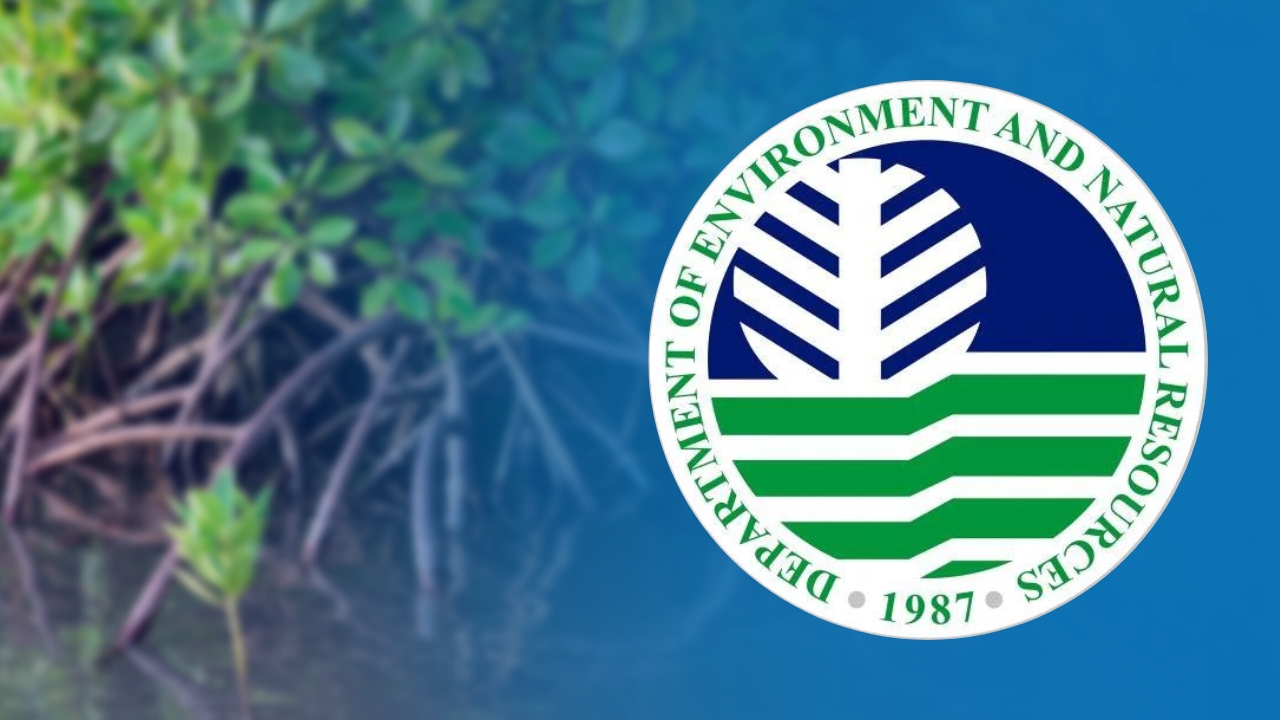DENR planted ‘wrong’ mangrove species, say advocates
MANILA, Philippines— “Ilang beses ba dapat kayong icall out para tumatak sa maliit nyong utak na dapat mag-observe ng proper mangrove zonation?”
(How often must we call you out so that it sticks to your tiny brains to observe proper mangrove zonation?)
A fisher and climate activist—who has requested anonymity—called out the Department of Environment and Natural Resources (DENR) on Tuesday for planting the wrong mangrove species in Bohol.
Kitang kita naman sa picture na may Sonneratia tree na pero nagtanim pa talaga kayo ng Rhizophora.
MGA BOBO @DENROfficial!!! Ilang beses ba dapat kayong icall out para tumatak sa maliit nyong utak na dapat mag-observe ng proper mangrove zonation? https://t.co/mE0auXAUZE pic.twitter.com/wfBoos1qYQ
— Mangingisda #NoToAerotropolis (@MangingisdaSays) June 6, 2023
Concerns about the DENR have been raised by proponents of mangroves before, most recently within the past two weeks.
On May 25, DENR-CENRO (City Environment & Natural Resources Office) Kabankalan City posted images of its mangrove planting in Brgy. Bocana, Ilog where 93 volunteers planted over 5,000 Mangrove propagules of bakuan species.
The activity was conducted in partnership with the Department of Public Works and Highways (DPWH), the Philippine Army, and San Miguel Group Corporation (SMC) Program Philippines Power Foundation, Inc..
According to mangrove botanist Genea Cortez, DENR’s planting of the Rhizophora species in this wetland will “disturb” it.
“Mangroves comprise various groups of salt-tolerant plants. Each group, like the bakauan species, has a specific location in mangrove zonations— landward zone, midzone, and seaward zone. This preference is influenced by living and nonliving factors,” she explained.
“Therefore, if bakauan is planted on mudflats or seaward zone, it cannot survive due to barnacle or taliptip infestations. Barnacles thrive in the seaward zone. Planting bakauan means disturbing the ecosystems in seaward zones. It can also cause survival competition among Avicennia or bungalon species present in the area,” Cortez added.
Cortez said that the Avicennnia species or bungalon/piapi must be planted instead as they can survive in seaward zones, adapting barnacle infestations with their flaky bark.
Mangrove Matters PH founder Matthew Tabilog also reiterated that bungalong or pagatpat mangroves should have been planted in the zones photographed in the DENR’s post.
“In the photos, there are existing Pagatpat and Bungalon mangroves in the seaward zone. From that alone, they should have planted the mentioned species instead of the Rhizophora propagules,” he said.
“It is also best to plant seedlings that are one meter in height because their roots are developed already and they are able to withstand the harsh conditions of the coastal environment like the changing tides and strong currents,” Tabilog added.
To add:
They should have planted Pagatpat or Bungalon mangroves instead of the Bakhaw (Rhizophora) mangroves since the Pagatpat and Bungalon are naturally distributed in the seaward zone.
It is sustainable to follow the mangrove zonation before planting @MangrovePh pic.twitter.com/uytyVOyHo6
— Tabby🌿🌊 (@mat_taby) June 2, 2023
Tracing even back to 2020, the national science and tech organization Advocates of Science and Technology for the People (AGHAM) then flagged a similar mangrove planting activity conducted by SMC in Bulacan, when the company released photos revealing that “ the mangrove species planted were not the right species for the site.”
Public information officer Jerwin Baure said that AGHAM had alerted the DENR to these errors in 2021, but has not received a reply.
“They planted Rhizophora or bakauan instead of Avicennia (piapi) and Sonneratia (pagatpat) which are common in the area. We also saw clips of the destruction of mangrove pneumatophores (breathing roots) during planting,” Baure said.
“We raised these concerns in a letter to the DENR in September 2021, and received a reply from them a month later that they will investigate this. But until now, the DENR has not given us any updates about SMC’s malpractices in mangrove planting” he added.
The groups asserted that proper mangrove planting practices are crucial to the viability of trees and forests nationwide, especially amid a worsening climate crisis. They also called on DENR and SMC to halt reclamation projects that threaten the remaining mangroves in Manila Bay.
“Mangroves take time to grow, and with the rising sea level, strong storm surges, and warming oceans, we cannot guarantee if the mangroves planted by SMC will survive. This is why we continue to call on the DENR to cancel the ECC of SMC’s Aerotropolis in Bulacan because this project has already brought destruction upon the mangroves in Manila Bay,” said Baure.
“DENR should conduct consultations with experts in conducting mangrove planting activities… SMC, on the other hand, should stop constructing reclamation projects that continue to destroy the remaining mangroves in Manila Bay and displace the coastal communities,” said Tabilog.
Inquirer has reached out to both DENR and SMC for their reactions but has not received responses as of writing.
RELATED STORIES:
Earth Day 2023: PH advocates tackle reclamation, plastic waste
LOOK: Youth climate activists slam government’s reclamation projects















